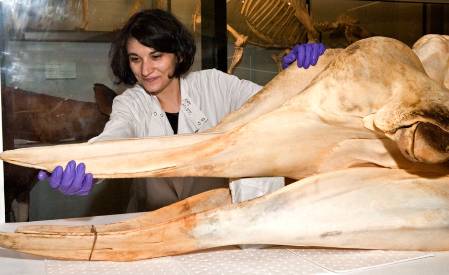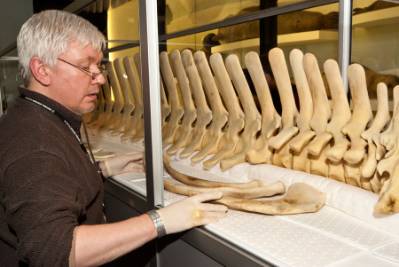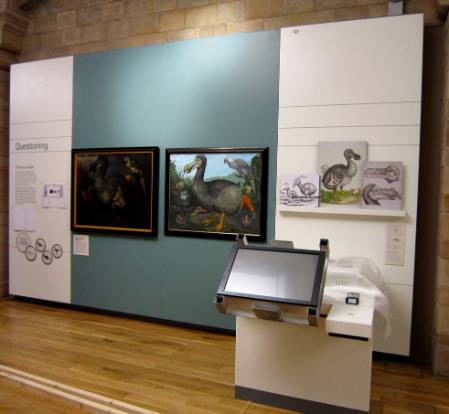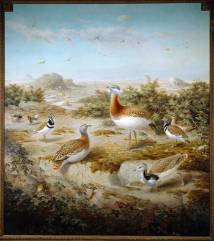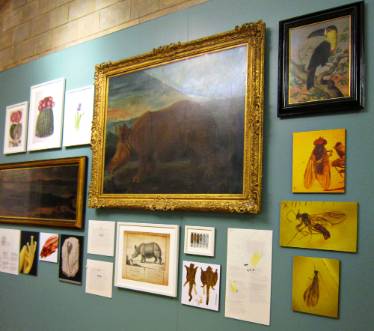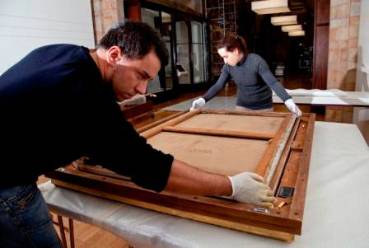Five years ago a female bottlenose whale found her way into the River Thames. At 6 metres long, the whale was unmissable and her every move was followed by the public and the media. Sadly, despite human efforts, she died towards the end of a rescue attempt, under the gaze of the world’s media.
Last weekend, the whale's skeleton went on display at our Tring Museum in a new free exhibition, The Thames Whale Story.
I asked Alice Dowsell, the exhibition's interpretation manager, to tell us about the final installation:
'It’s been an exciting week at Tring since the enormous Thames whale skeleton was installed on 18 January. After a lot of hard work and planning in transporting the whale and its custom-built case out to Tring and into the only gallery large enough to hold it, we’ve been enjoying everyone’s reaction to the display. It seems lots of you out there have fond memories of the whale and its journey in the Thames back in January 2006 – hard to believe that was five years ago. Alongside the whale skeleton we also have other specimens carefully chosen from our 3,000-strong research collection.
'There's been fun for the younger visitors too this week who have enjoyed dressing up in lab coats to play our Prepare Yourself game. They’ve been working out just how scientists go about turning a big dead whale into a nice skeleton for our collections. We’ve also had young and old trying their hand at Body Detectives, learning that there’s a lot about an animal’s life that you can find out after it’s dead.'
Richard Sabin, the Museum's Senior Curator of Mammals, seen here preparing the skeleton, adds:
'It’s great to get the Thames Whale out on display in the Natural History Museum at Tring. The setting in gallery 5 is superb. There is still so much public and media interest in this story after five years, and the exhibition will really give us a chance to put the use of Museum research collections into context.'



